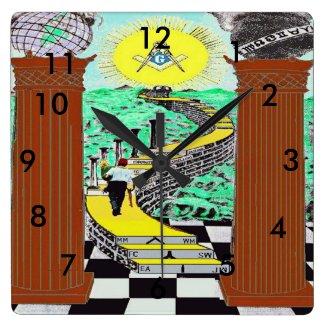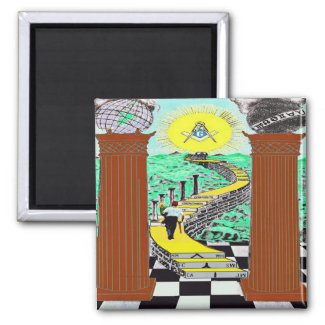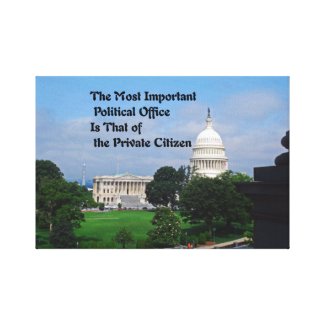
The Masonic Influence on World History
Morgan’s Raid
The raid took place from June 11-July 26,1863 and was named after the commander of the Confederate forces, General John Hunt Morgan.
Although it coincided with the battle of Gettysburg and Vicksburg it was not directly related to either campaign.
In fact, General Morgan ignored orders to not cross into the northern states by his commanding officer.
Crossing the Ohio River near Corydon Indiana, General Morgan raided the towns and villages along the route to northeastern Ohio where he was ultimately captured.
While crossing southern Indiana, he raided, plundered and burned many small towns that crossed his path.
One such town was Versailles in southeastern Indiana, only about thirty miles from the Ohio border and about thirty miles north of the Ohio River.
His army completely destroyed the town, burning, stealing and plundering everything in sight.
In the process his men destroyed the Masonic Lodge and stole the officer’s jewels, thinking they may be valuable.
The next morning, before breaking camp, General Morgan discovered the jewels his men had stolen.
He immediately ordered the jewels returned to the lodge where they are proudly displayed in a beautiful case to this day.
Gary has been a writer/photographer for over thirty years. Specializing in nature and landscape photography, as well as studying native cultures.
His travels have taken him to most of the United States, as well as Australia, Belize, Egypt and the Canary Islands.
He has studied the Mayan culture of Central America as well as the aborigines of Australia. Photography has given him the opportunity to observe life in various parts of the world.
He has published several books about his adventures.
For more information, please consult his website,www.journeysthrulife.com.
Your comments are welcome








